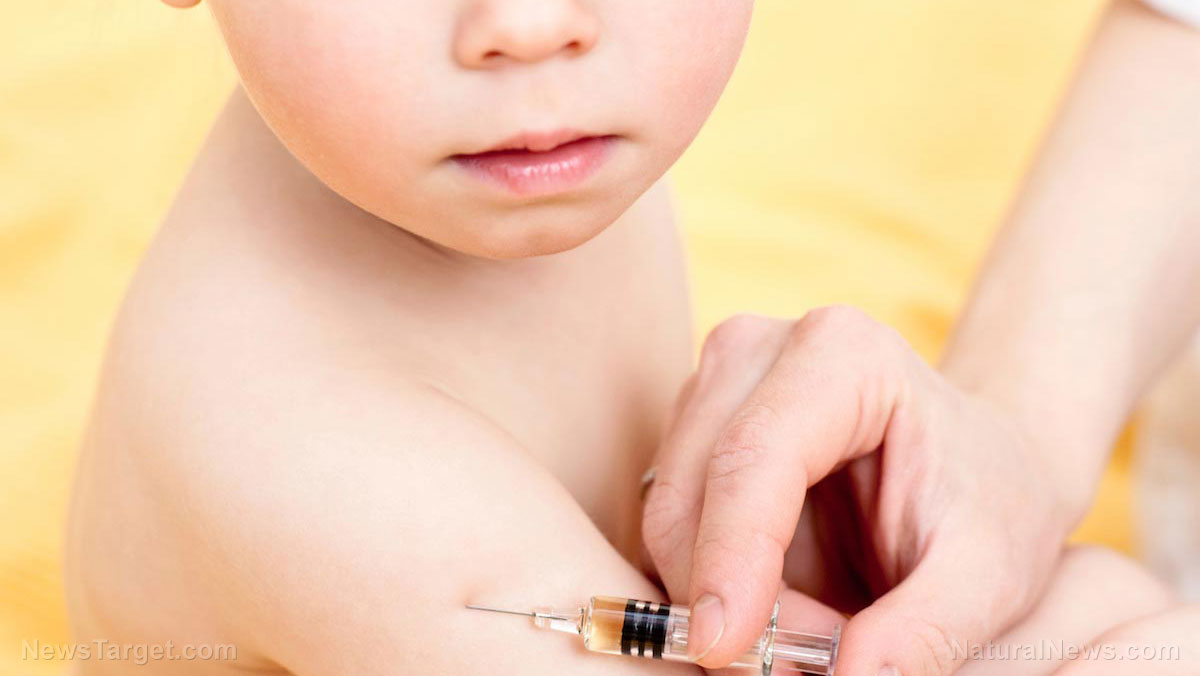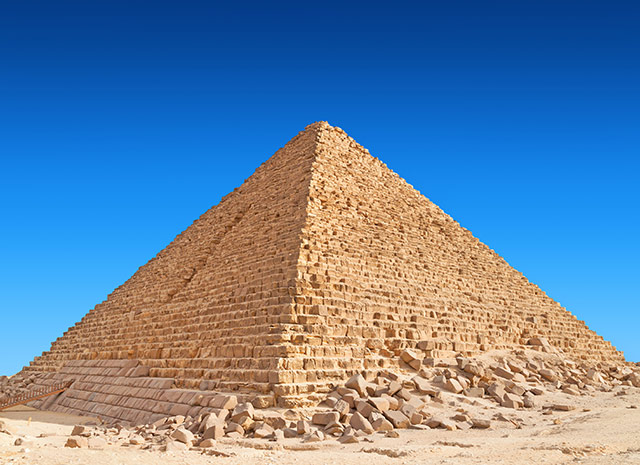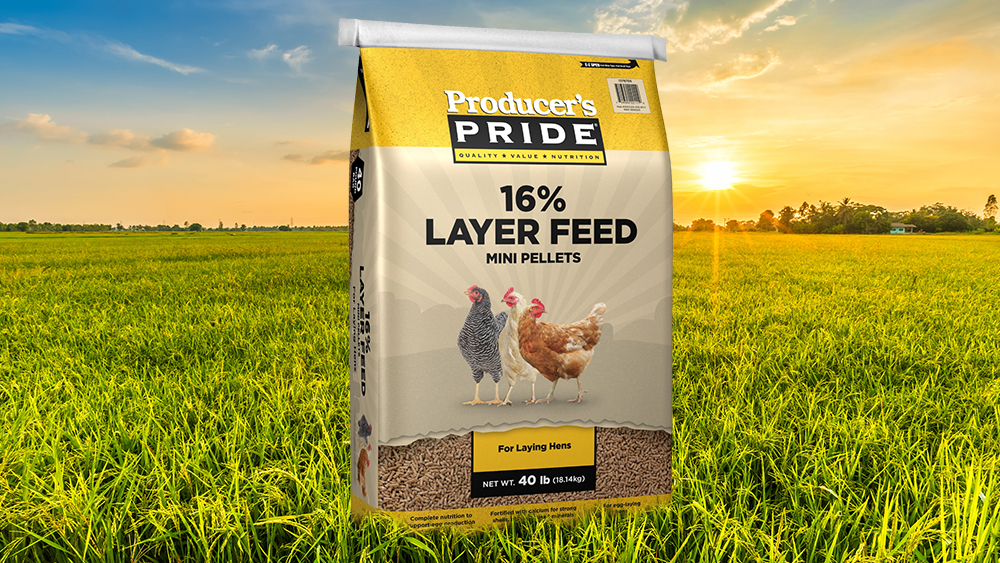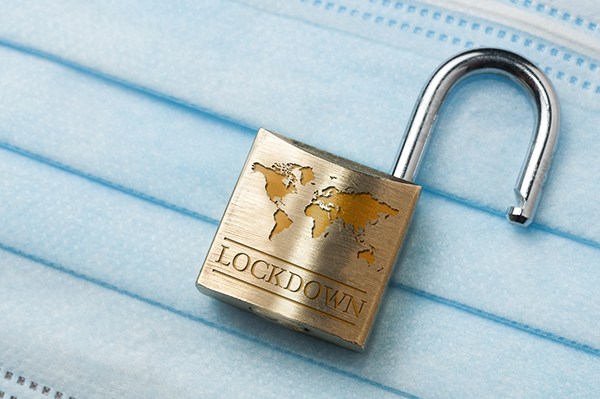Chlorine dioxide found to destroy DIOXINS in pulp/paper mass
03/08/2023 / By Lance D Johnson

Chlorine dioxide, a little-known treatment option for covid-19, has also been found to eliminate polychlorinated dibenzo-p-dioxins (PCDD) and dibenzofurans in the wood pulp industry. A 1995 study — Destruction of PCDD and PCDF in bleached pulp by chlorine dioxide treatment — shows that chlorine dioxide treatments of wood pulp can reduce the number of dioxins in the finished product and in the effluent wastewater.
In one of the experiments, pulp that was treated with chlorine dioxide contained anywhere between 39% and 69% of the PCDD that was in the original pulp. In a second experiment, pulp treated with chlorine dioxide contained 56-63% of the PCDD in the original pulp. On average, chlorine dioxide treatments cut the total concentration of PCDD in half. In the second experiment, the researchers also tested the effluent wastewater. After the chlorine dioxide treatment, the dioxins were not measurable; they were destroyed in the process.
Chlorine dioxide could help clean up the pulp manufacturing industry
In the pulp manufacturing industry, machines convert wood chips or other sources of plant fiber into a thick fiber board which can be shipped to a paper mill for further processing. Due to the chlorine bleaching process, these softwood pulps typically contain polychlorinated dibenzo-p-dioxins and dibenzofurans — two of the most toxic substances known to man.
Advancements in the pulp industry have led to totally chlorine-free bleaching methods and elemental chlorine-free bleaching methods. These advancements have reduced dioxin emissions at pulp mills, protecting the air, water, and soil from exorbitant levels of dioxins. However, the concentration of dioxins in wastewater, namely PCDD/Fs, is still concerning. Mills that adopt chlorine-free bleaching technology still contain PCDD/F levels in the range of .15-1.9 pg I-TEQ/L, which is still higher than the freshwater quality guidelines of Canada (0.038 pg WHO-TEQ/L) and the United States (0.014 pg WHO-TEQ/L).
In Kraft pulp manufacturing, which includes wood and non-wood materials for pulp production, the fibrous material is cooked in an aqueous solution of NaOH and Na2S at a pH above 12. The extremely alkaline solution is cooked for three hours and ultimately causes the PCDD/Fs to adsorb on the raw materials. Some of the dioxins also enter the wastewater during this process.
During the Kraft pulping process, approximately 40 ? 48 % of the input dioxins are removed. Researchers hypothesize that the reduction in dioxins is caused by alkaline hydrolysis and coupling. The alkaline conditions literally transform the PCDD/Fs into inert substances. If chlorine dioxide was also used in the process, then the effluent would likely come out free of PCDD, and the concentration of dioxins in the finished product would be cut in half again. More research is needed to better understand how chlorine dioxide chemically destroys the dioxins in the pulp, or whether the PCDD is transformed into similar dioxin-like structures that go undetected in the final product.
When chlorine encounters dibenzo-para-dioxin, it replaces any or all of the eight hydrogen atoms in its molecular structure. This molecular action can negate PCDD, but it can also give rise to some seventy-five different chlorinated dibenzo-para-dioxin structures, for which the toxicity may be increased or decreased. These new structures, referred to as congeners, are not technically dioxins any longer, but they are similar in structure. There is limited research to determine the physical and chemical properties of PCDD and their similar structures. The most studied compounds are the 2,3,7,8-TCDD and 2,3,7,8-tetra and octa-chlorinated compounds, but dozens are still un-categorized, unstudied, with vast health effects in humans. While the research on chlorine dioxide looks promising, the study did not investigate its use in eliminating dioxins from the blood and fatty tissues of humans.
Learn more about PCDD and other dioxin structures at Dioxins.News.
Sources include:
Submit a correction >>
Tagged Under:
alkaline hydrolysis, breakthrough, Censored Science, chemicals, Chemistry, chlorine dioxide, chlorine-free bleaching, Dioxins, discoveries, Ecology, enviornment, environment, paper industry, PCDD, pulp industry, research, toxins, wastewater treatment
This article may contain statements that reflect the opinion of the author



















